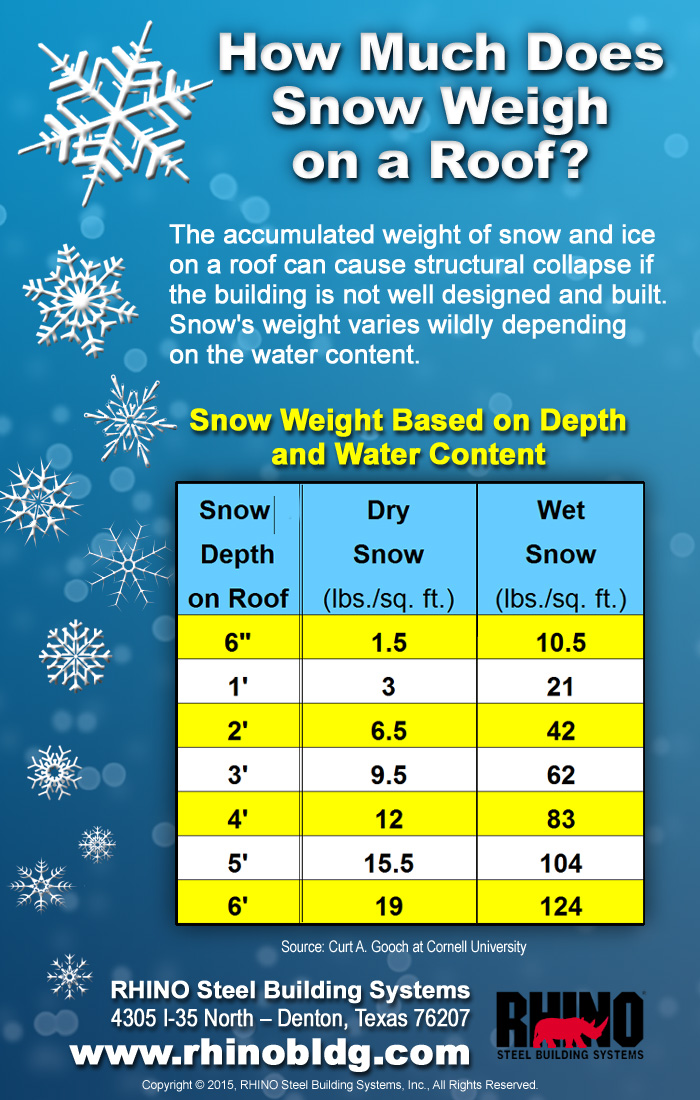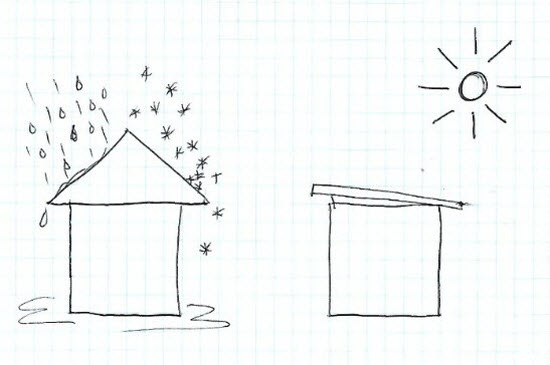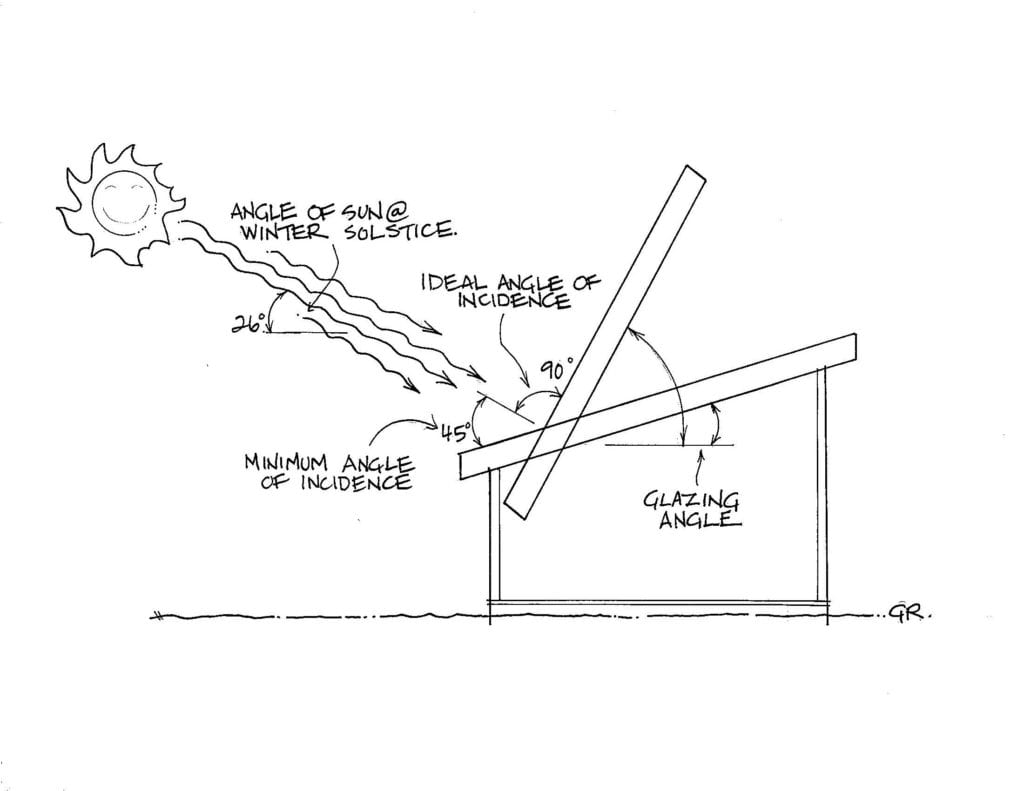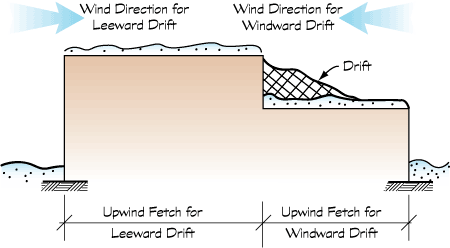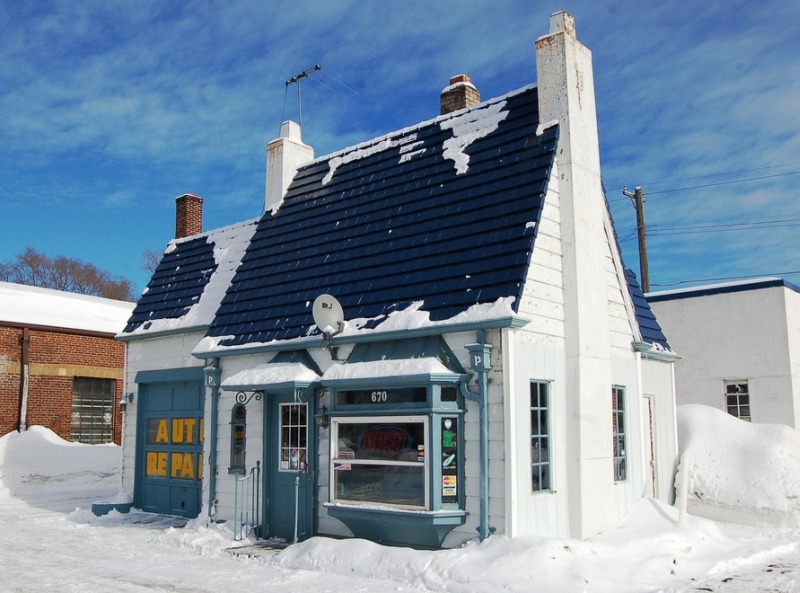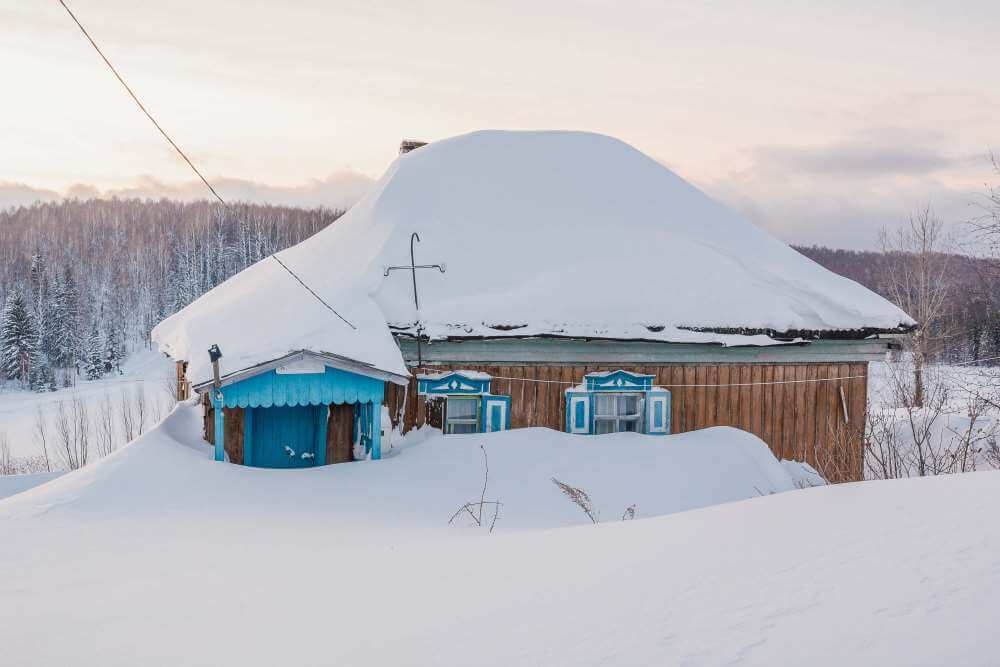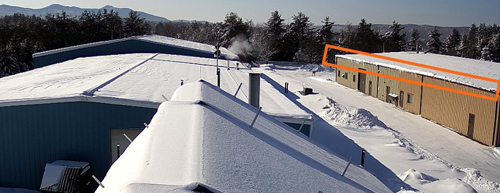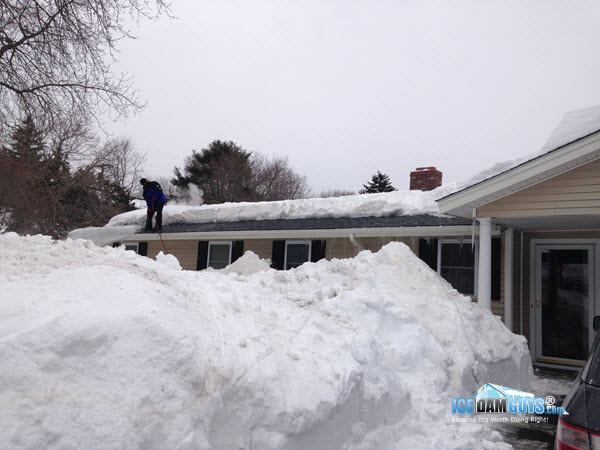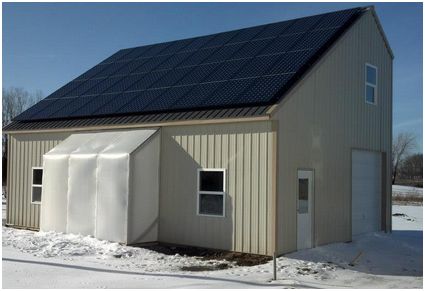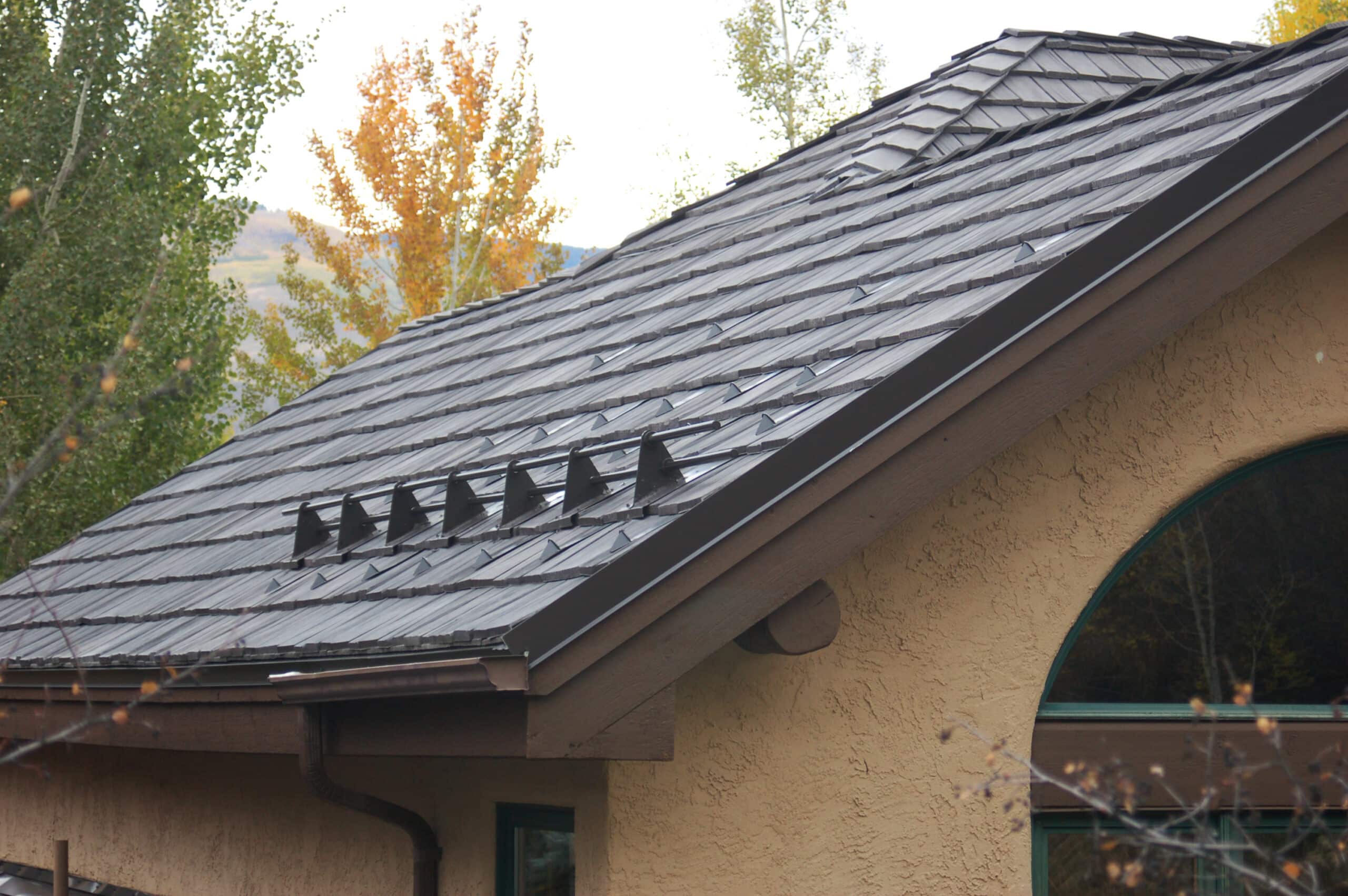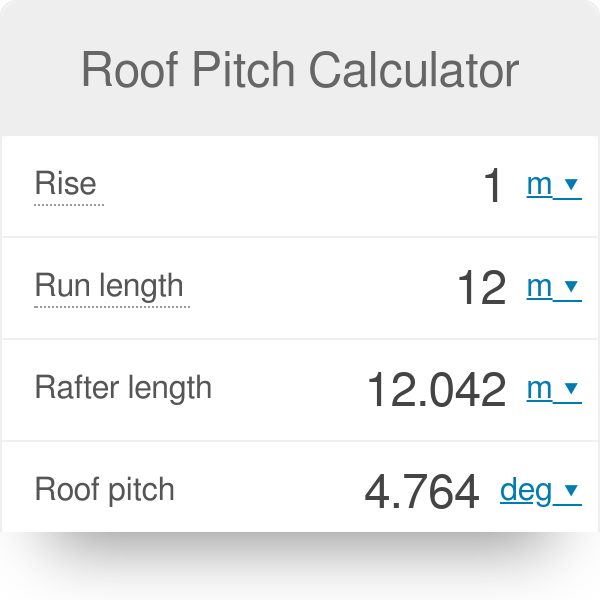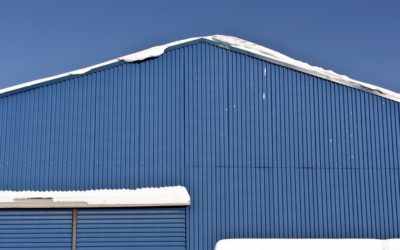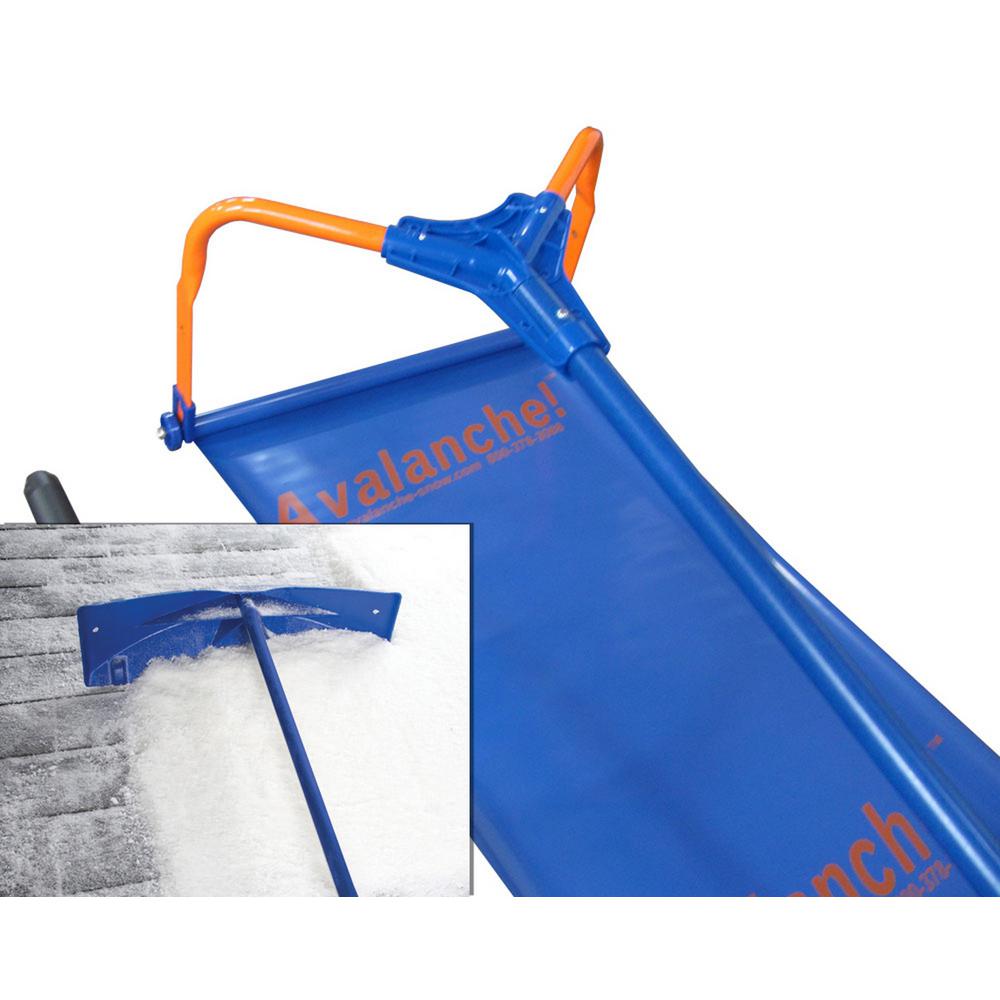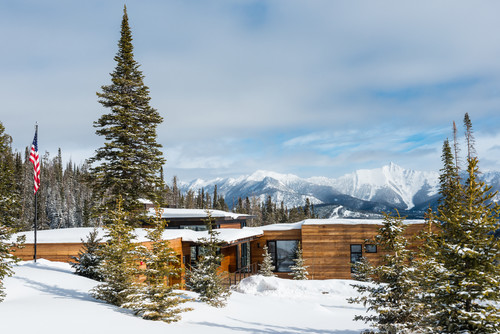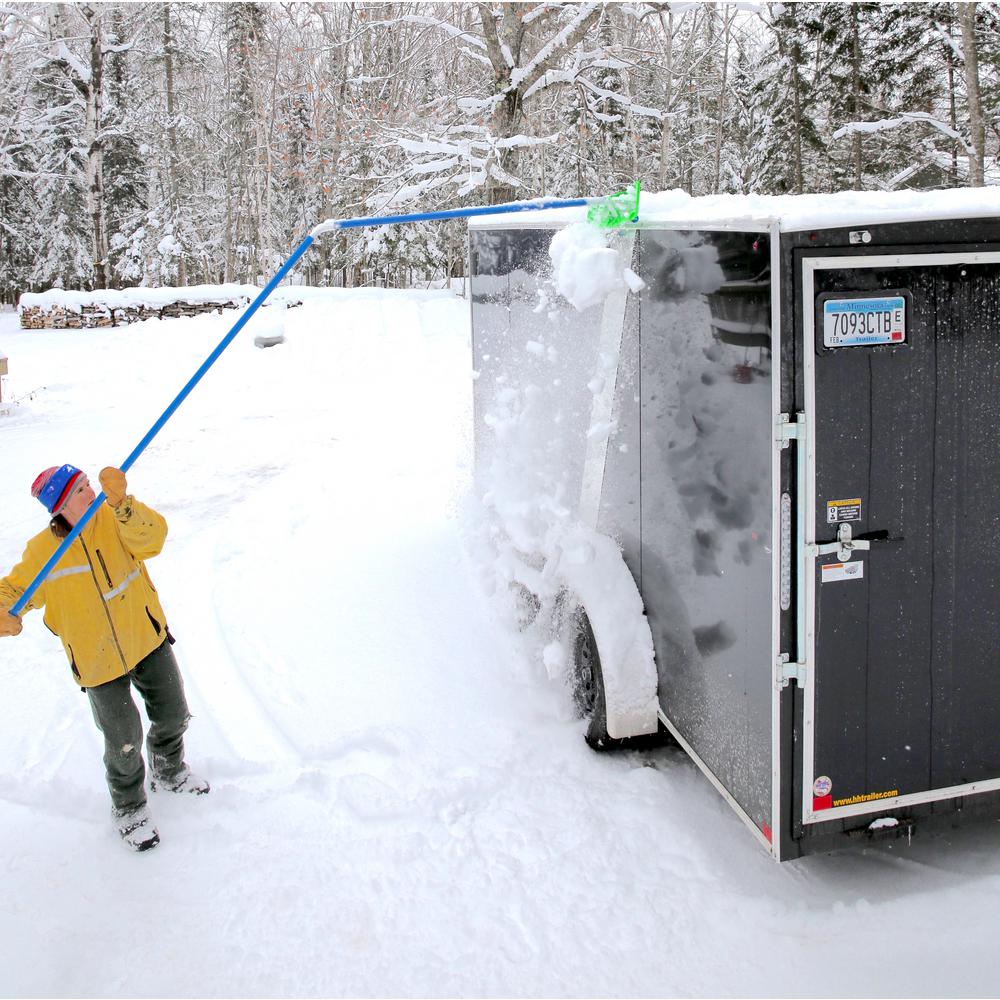Ideal Roof Pitch For Snow

Or is your climate more tropical.
Ideal roof pitch for snow. The flip side to this is that it also becomes more expensive to build both in. Basically the steeper the pitch the better it can shed snow and rain. The minimum roof pitch is also subject to the standards set forth by the various building codes used in the respective regions. Flat roofs are common with industrial buildings boasting wide roof spans and are also popular in dry climates for houses where there is no need for the roof to help disperse rain and snow.
Some well defined standards are followed while deciding about roof pitch but in actuality the slope depends upon the type of roofing material and climatic conditions of the area. Below we detail common pros and cons of each roof pitch variation. This has more to do with weather conditions than pitch. Live in the desert.
Snow can certainly slide off of a 4 12 roof. A flat or low pitch roof might be just what you need. In addition roof pitch determines the walkability of your roof which is very important when roof maintenance is required. Shallow roofs don t really like moisture.
Better raise that roof pitch a bit more to account for the buckets of snow you get every winter. Importance of a roof pitch. The safest way to determine the pitch of an existing roof is to measure from inside your attic using a level tape measure and pencil. Even in these arid regions so called flat roofs are still installed with a slight pitch to keep water from pooling on top of the structure.
In other words it can be expressed as numerical measure of steepness of the roof. There are two main types of roof pitch to choose from when deciding what roof will be best for your home. For example a shingle roof in a snowy region could be 2 12 but it is better to have a steeper pitch such as 12 12 or even steeper to shed the snow. Steeper roof pitches are better at shedding rain and snow and are used more frequently in wetter colder areas 2.
In this case you ll probably want a traditional 4 12 or so pitched roof. Pitched roofs are attractive and also can be used for additional space for a shed loft. This will extend the life of your roof. The chief reason for having a roof pitch is to redirect water and snow away from the roof and avoid any percolation that might result from stagnation of water on the roof.
This image shows a relatively shallow roof pitch of 15 degrees. There are advantages and disadvantages to having a steep pitch versus a shallow or low pitch the most obvious of which is the roof s ability to shed or withstand heavy snow rain or wind. Furthermore a roof in a forest should have. Having a steeper pitched roof allows for more space in a shed loft.
However the larger factor is that when the sun comes out radiant heat passes through the snow is reflected outward melts the snow from underneath and causes it to slide.
